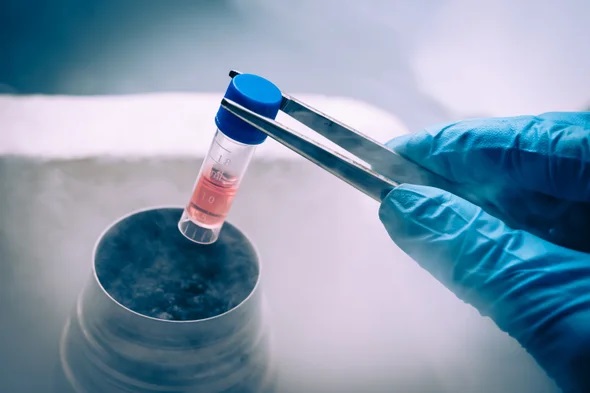Cellular biologists from the University of Namur and the Catholic University of Louvain have discovered the ability of cells to detect and respond to the texture of the extracellular matrix that unites them, according to a new study.
The scientists analysed microscopic deformations of the cellular membrane, frequently caused by the extracellular matrix, according to the study, published in Science Advances.
This matrix is the more or less uneven, rough surface to which cells adhere, using artificial structures.
The biologists noted that cells were able to perceive these deformations and alter their internal skeleton structure as a result.
They also found that this reorganisation could have an impact on the operation of certain receptors on the surface of a cell, directly affecting the cell’s behaviour.
The research further highlighted the role in this process of BAR domain proteins, which specialise in remodelling cellular membranes.
“By modulating the surface texture of implants, we can change how our cells interact with them,” the team stated. “This can promote their acceptance by the body while reducing undesired responses such as inflammation.”
This work could contribute to cancer research because tumour cells often face significant mechanical pressure. It may also support the development of prosthetics and implants.
The study was conducted by Benjamin Ledoux, a research logistician at UNamur’s Morph-Im platform, under the supervision of Pierre Morsomme from the Louvain Institute of Biomolecular Science and Technology (UCLouvain), and Henri-François Renard from UNamur’s Narilis Institute.
The team also enjoyed the collaboration of David Alsteens from LIBST (UCLouvain), Christine Dupont-Gillain from IMCN (UCLouvain), the University of Geneva (Switzerland), and the Gyeongsang University (South Korea).

